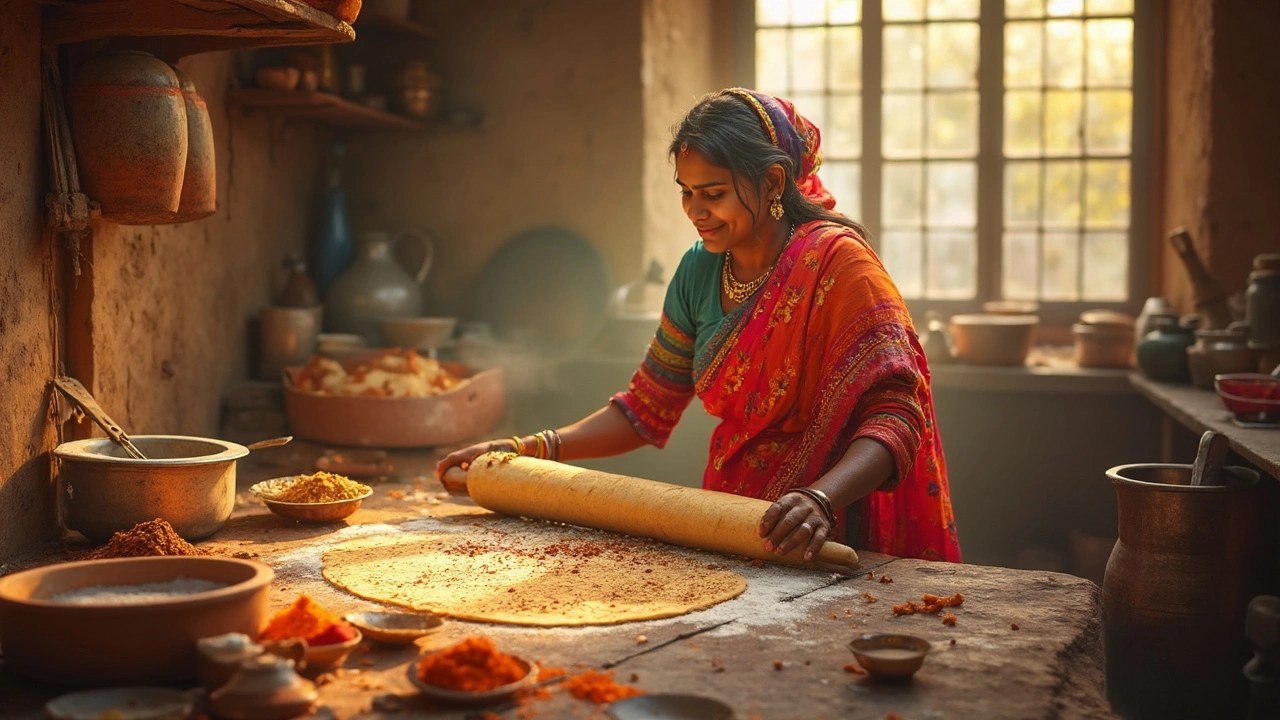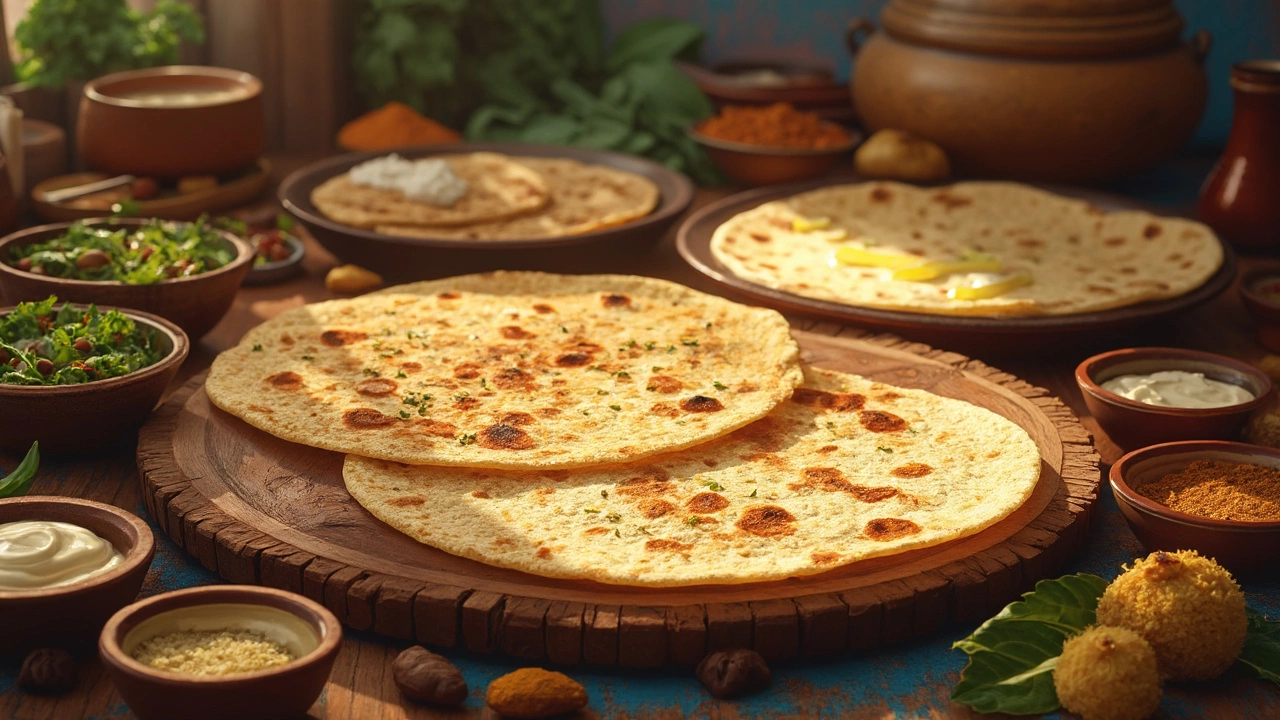Roti and Sabzi Calories: What You Need to Know
When tracking your daily intake, understanding Roti and Sabzi Calories, the energy content of the staple Indian flatbread and its accompanying vegetable dishes can make a big difference. It’s not just a number on a label – it tells you how the carbs from Roti, whole‑wheat Indian flatbread and the nutrients in Sabzi, a cooked vegetable side blend to fuel your day. Knowing this blend helps you balance meals, control weight, and keep energy steady, especially when you love a hearty dinner of rotis and sabzi.
Key factors that shape the calorie count include flour type, oil or ghee used, and the vegetable mix. A plain roti made with whole‑wheat flour and no added fat typically carries around 80‑100 calories per piece, while adding a touch of oil can push it to 110‑130 calories. Sabzi varies widely: a light tomato‑onion stir‑fry might stay under 50 calories per cup, whereas a richer paneer‑laden bhindi could climb above 150 calories. Portion size matters too – a single medium roti plus a cup of sabzi is a common serving that sits near 200‑250 calories, a useful baseline for most Indian diet plans.
How to Manage Calories in Your Roti‑Sabzi Meals
Integrating this data into everyday cooking is simple. Start by measuring dough portions; a 30‑gram ball yields a roti that stays within the 80‑calorie range. Choose whole‑grain flours for extra fiber, which slows glucose release and keeps you fuller longer. For sabzi, opt for water‑based cooking methods – steaming, dry‑sautéing, or using minimal oil – and load up on low‑calorie veggies like cauliflower, spinach, or bottle‑gourd. Adding spices such as cumin, turmeric, and coriander gives depth without adding calories, while a squeeze of lemon boosts flavor and digestion. If you’re counting calories for weight loss or maintenance, log each roti and sabzi serving in a tracking app. Most apps let you set custom entries, so you can input the exact flour‑to‑oil ratio you use. Pair a moderate‑calorie roti with a high‑fiber sabzi to keep the overall meal balanced. When you need a higher‑energy boost, incorporate a protein‑rich sabzi like chana masala or dal, which adds protein without a huge calorie jump. Understanding Indian diet, the traditional pattern of meals that includes roti, sabzi, dal, and rice also helps you see where roti and sabzi fit in the bigger picture. They’re the backbone of most lunch and dinner plates, providing carbs and vegetables in one go. By mastering their calorie profiles, you can tweak other components – such as cutting back on rice or using low‑fat dairy – to meet your daily goals without sacrificing flavor. Below, you’ll find a collection of articles that dive deeper into common roti issues, sabzi cooking tricks, and calorie‑smart strategies. Whether you’re curious about why rotis sometimes fail to puff, or you want to learn the best oil‑addition timing for softer breads, these posts will give you practical, ready‑to‑apply tips. Explore them to fine‑tune your meals and keep your calorie count on track.

Roti Macros: Calories, Protein, and Fiber Demystified
Understanding the nutritional content of roti can help you make informed dietary choices. This article breaks down the calories, protein, and fiber content found in a typical roti, including variations like roti with sabzi or ghee. Discover tips for optimizing your roti consumption to fit your health goals and how different pairings can alter nutritional profiles.

Calories in 1 Roti: Unveiling the Nutritional Facts
Discover the caloric content of 1 roti and understand how different ingredients and cooking methods can change its nutritional profile. Learn about the impact of adding ghee or pairing with sabzi on your meal's calorie count. Get tips on incorporating healthier variations of roti in your diet. Perfect for those curious about balancing pleasure and wellness in everyday meals.